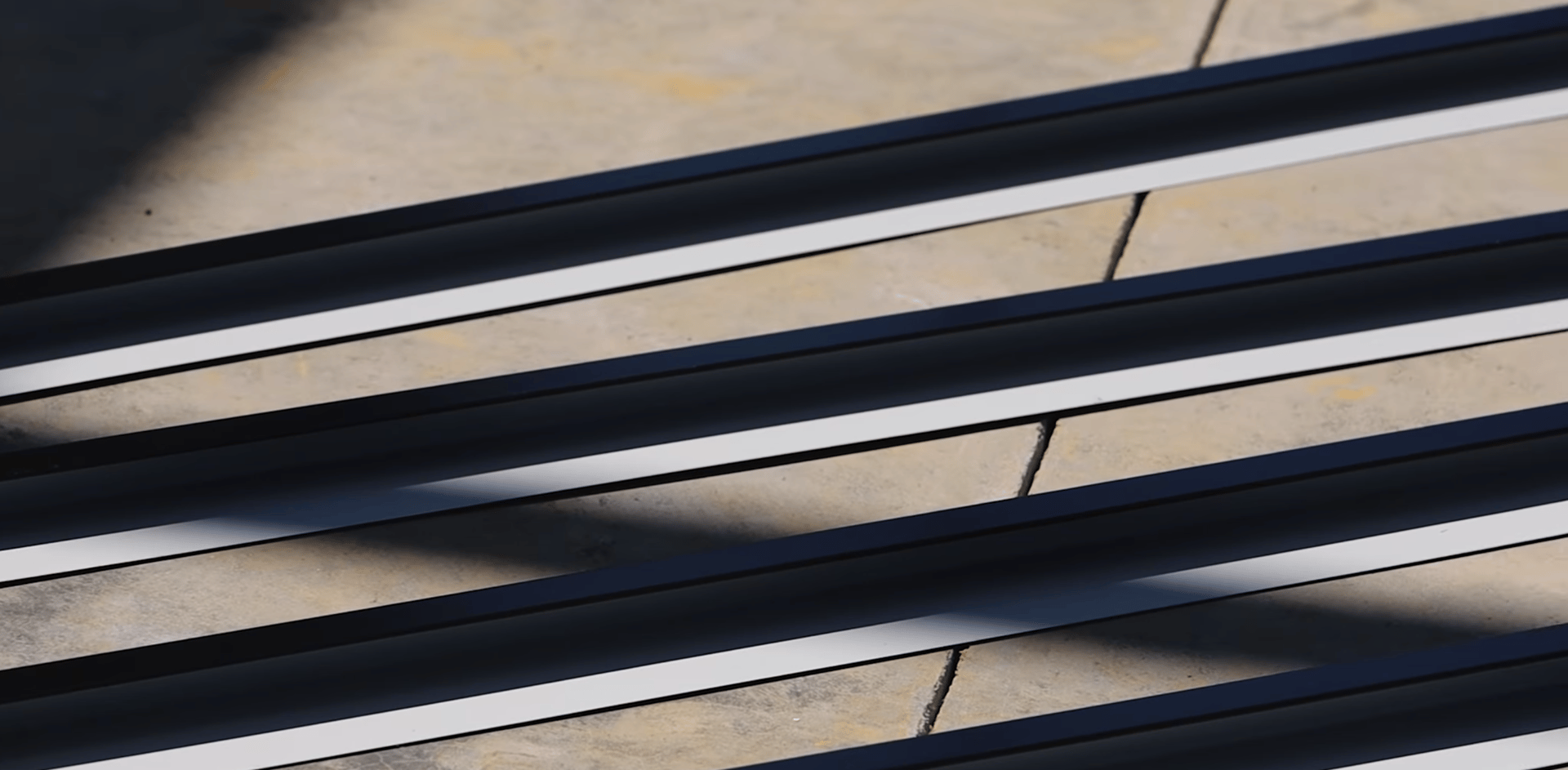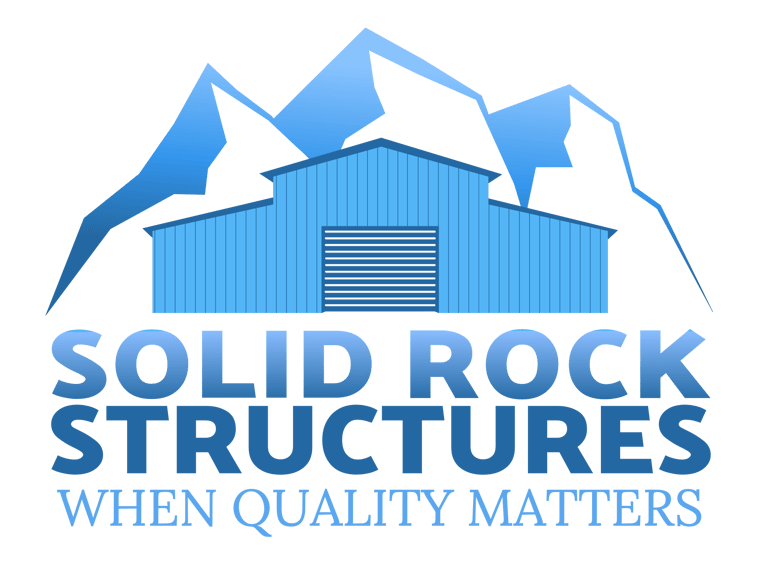
Common Pitfalls to Avoid for Steel Building Owners
Before you break ground, learn from the most common pitfalls steel building owners face to ensure your project is set up for success.
3/4/20253 min read
Steel buildings are a great investment, offering strength, longevity, and cost-efficiency. Whether you’re setting up a residential garage, a commercial workspace, or an agricultural barn, steel structures provide versatility that few other materials can match. However, despite the many benefits, steel building owners often face costly mistakes—ones they wish they had avoided from the start.
Before you break ground, learn from the most common pitfalls steel building owners face to ensure your project is set up for success.
1. Choosing the Cheapest Option
“I thought I was saving money, but my building needed expensive upgrades.”
It’s tempting to go with the lowest bid, but cheap steel buildings often come with thin-gauge metal, weak fasteners, and subpar coatings that lead to corrosion and structural failure.
How to Avoid It:
Compare material quality, not just price.
Ensure the steel meets the proper gauge and coating standards for durability.
Work with a reputable supplier that offers warranties and customer support.
Did You Know?
70% of building failures occur due to poor material choices. (Source: Construction Industry Institute)
2. Not Planning for Future Expansion
“I outgrew my building and had to start over.”
Your current space might seem like enough, but what happens in five or ten years? Many owners realize too late that they didn’t design with future needs in mind.
How to Avoid It:
Opt for an expandable design.
Leave space for potential additions.
Choose open-span layouts to allow for flexible reconfiguration.
Did You Know?
60% of business owners expand their facilities within five years. (Source: NAIOP Commercial Real Estate Association)
3. Skipping Proper Insulation
“I didn’t insulate, and now my building is either freezing or unbearably hot.”
Steel buildings are excellent for durability, but they conduct heat and cold. Without insulation, you’ll be dealing with extreme temperatures and high energy costs.
How to Avoid It:
Choose insulation suited for your climate.
Use vapor barriers to prevent condensation.
Consider radiant barriers for heat reflection.
Did You Know?
Proper insulation can cut heating and cooling costs by 50%. (Source: U.S. Department of Energy)
4. Ignoring Ventilation Needs
“Condensation and rust started forming inside.”
Without proper airflow, moisture can build up inside a steel building, leading to rust, mold, and even structural damage.
How to Avoid It:
Install ridge vents, exhaust fans, and louvered openings.
Ensure airflow matches your building’s use (workshop, storage, livestock, etc.).
Did You Know?
80% of steel building corrosion issues come from poor ventilation. (Source: American Iron and Steel Institute)
5. Underestimating Wind & Snow Loads
“A storm hit, and my building wasn’t strong enough.”
Steel buildings are tough, but they must be designed to withstand local weather conditions, including heavy snow, strong winds, and earthquakes.
How to Avoid It:
Ensure your building meets regional load requirements.
Use reinforced framing and bracing if you live in high-risk areas.
Did You Know?
40% of structural failures result from inadequate wind or snow load planning. (Source: FEMA)
6. Poor Site Selection & Preparation
“I built on uneven ground, and now my foundation is cracking.”
A strong building starts with a solid foundation. Poor soil conditions or improper site preparation can lead to shifting, cracking, and long-term structural issues.
How to Avoid It:
Conduct a soil test before choosing a site.
Level and compact the ground before pouring the foundation.
Did You Know?
25% of foundation failures result from poor soil conditions. (Source: National Association of Home Builders)
7. Not Researching Local Building Codes
“I had to stop construction because I didn’t have the right permits.”
Zoning laws, permits, and local building codes can delay or even halt your project if not properly addressed.
How to Avoid It:
Check zoning laws before purchasing materials.
Work with professionals familiar with local codes.
Did You Know?
30% of construction projects face legal delays due to permit issues. (Source: Building Code Compliance Association)
8. DIY Assembly Without Proper Experience
“I tried to build it myself and made costly mistakes.”
Prefab steel buildings are designed for easier assembly, but without proper experience, DIY installation can lead to misalignment, weak joints, and long-term structural problems.
How to Avoid It:
Follow manufacturer guidelines precisely.
If unsure, hire experienced builders for a smoother, safer build.
Did You Know?
50% of self-built steel structures require professional fixes later. (Source: Metal Construction News)
Final Thoughts: Plan Smart, Build Strong
Building a steel structure is a long-term investment, and cutting corners can lead to regret down the road. By avoiding these common mistakes and making informed decisions from the start, you can ensure your building remains durable, efficient, and cost-effective for years to come.
Before you start your project, take the time to research, consult professionals, and prioritize quality. A well-planned steel building isn’t just a structure—it’s a smart investment in your future.
Dedicated to helping you achieve your steel structure dreams.
833.767.6257
© 2025. All rights reserved.
Contact


